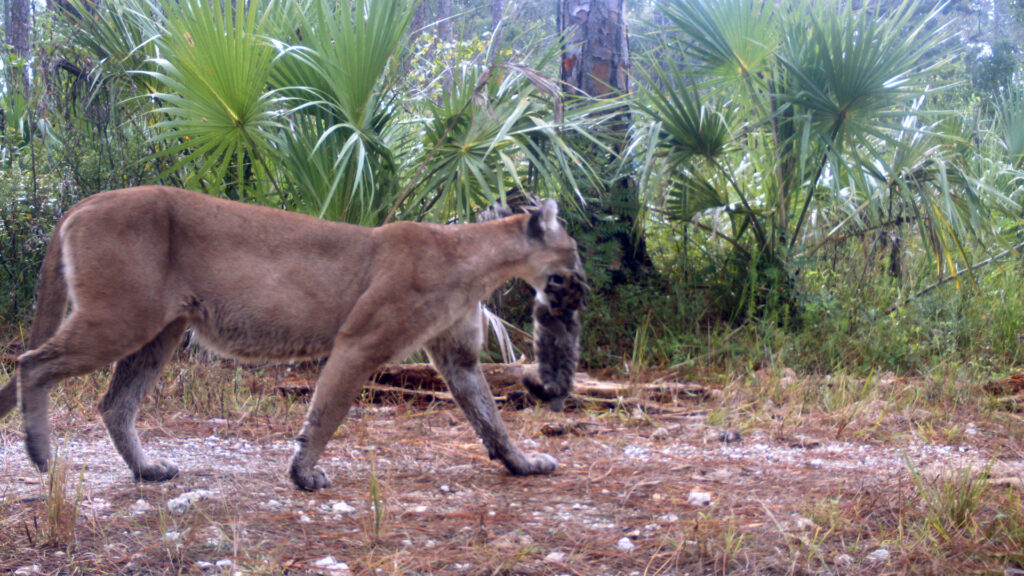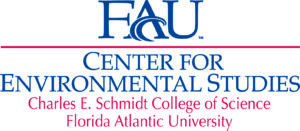By Trimmel Gomes, Florida News Connection
A 1,086-acre property in Putnam County has been secured as part of the ongoing effort to protect the Ocala to Osceola Wildlife Corridor, a critical pathway for Florida’s wildlife.
Located east of Gainesville and midway between Orlando and Jacksonville, the newly protected land will provide vital habitat for species such as the Florida black bear and help maintain the ecological connectivity essential for their survival.
The O2O initiative, a partnership of public agencies and private organizations, aims to conserve 100 miles of natural and working lands forming a crucial link in the Florida Wildlife Corridor.
Lauren Day, Florida director for The Conservation Fund, pointed out the importance of conservation.

“The Florida Wildlife Corridor is critical for so many reasons,” Day outlined. “It’s protecting habitat for wide-ranging animals like the Florida panther and Florida black bear, especially in the northern part of the state. Even more than that, it’s really about protecting our water, our way of life. It’s just a really exciting effort.”
Day noted Florida’s rapid development heightened the urgency of protecting the corridor, which threatens to fragment habitats and cut off wildlife migration routes. According to the Florida Department of Environmental Protection, the state loses an estimated 100,000 acres of natural land to development each year, putting immense pressure on conservation efforts.
The property will be transferred to the state later this year for permanent conservation under the Florida Forever program, a state-funded initiative to preserve Florida’s natural lands. However, advocates like Day warned more funding and political will are needed to protect the corridor and ensure its viability.
“It’s very urgent,” Day stressed. “Florida is still one of the fastest growing states in the country, I should say, so, you just have to look around and you can see that things are changing quickly here, so the time to protect this land is now.”
Advocates pointed to wildlife data, which show the corridor allows wide-ranging species to roam freely, ensuring genetic diversity and protecting ecosystems to support both wildlife and human communities.
Florida News Connection is a bureau of the Public News Service. The Conservation Fund contributes to its fund for reporting on the environment, hunger/food/nutrition, public lands/wilderness and sustainable agriculture. Banner photo: A Florida black bear triggers a remote camera set by biologists in the Ocala National Forest. (Florida Fish and Wildlife Conservation Commission, Public domain, via Wikimedia Commons).
Sign up for The Invading Sea newsletter by visiting here. To support The Invading Sea, click here to make a donation. If you are interested in submitting an opinion piece to The Invading Sea, email Editor Nathan Crabbe at ncrabbe@fau.edu. To learn more about the Florida Wildlife Corridor, watch the video below.



